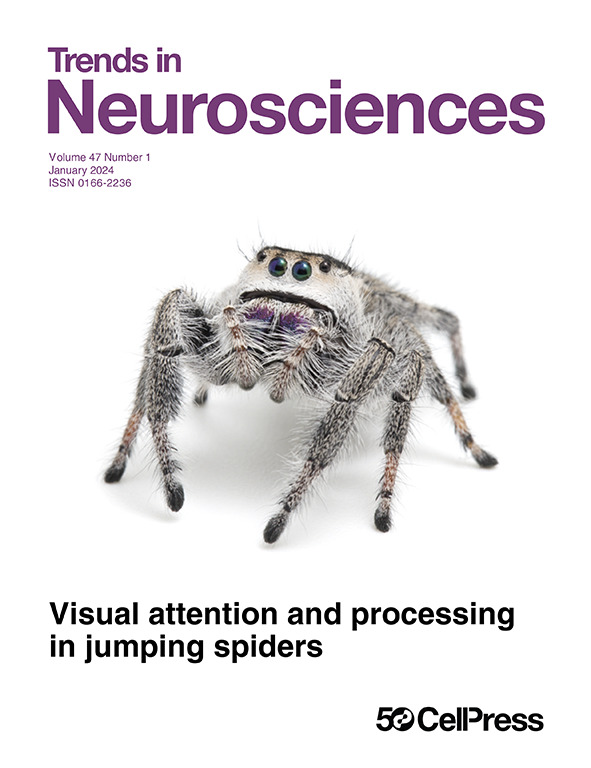没有小胶质细胞的生命。
IF 15.1
1区 医学
Q1 NEUROSCIENCES
引用次数: 0
摘要
小胶质细胞参与了出生后大脑发育和神经元可塑性的许多方面。本文质疑当前用于分析小胶质细胞个体发生和功能的实验模型中固有的一些假设,这些假设可能低估了血液单核细胞对大脑稳态的贡献。它总结了先天性小胶质细胞缺乏的动物模型的证据,即出生后的神经元发育和突触完善不需要小胶质细胞的存在。相反,小胶质细胞的缺失与疾病模型和人类年龄依赖性神经病理学的加速进展有关,这意味着小胶质细胞的主要基本功能是保护神经元免受损伤。本文章由计算机程序翻译,如有差异,请以英文原文为准。
Life without microglia.
Microglia are involved in many aspects of postnatal brain development and neuronal plasticity. This article questions some of the assumptions inherent in current experimental models used to analyze microglial ontogeny and function which likely underestimate the contributions of blood monocytes to brain homeostasis. It summarizes evidence from animal models of congenital microglial deficiency that postnatal neuronal development and synaptic refinement do not require the presence of microglia. Instead, the absence of microglia is associated with accelerated progression in disease models and age-dependent neuropathology in humans, implying that the major essential function of microglia is to protect against neuronal injury.
求助全文
通过发布文献求助,成功后即可免费获取论文全文。
去求助
来源期刊

Trends in Neurosciences
医学-神经科学
CiteScore
26.50
自引率
1.30%
发文量
123
审稿时长
6-12 weeks
期刊介绍:
For over four decades, Trends in Neurosciences (TINS) has been a prominent source of inspiring reviews and commentaries across all disciplines of neuroscience. TINS is a monthly, peer-reviewed journal, and its articles are curated by the Editor and authored by leading researchers in their respective fields. The journal communicates exciting advances in brain research, serves as a voice for the global neuroscience community, and highlights the contribution of neuroscientific research to medicine and society.
 求助内容:
求助内容: 应助结果提醒方式:
应助结果提醒方式:


